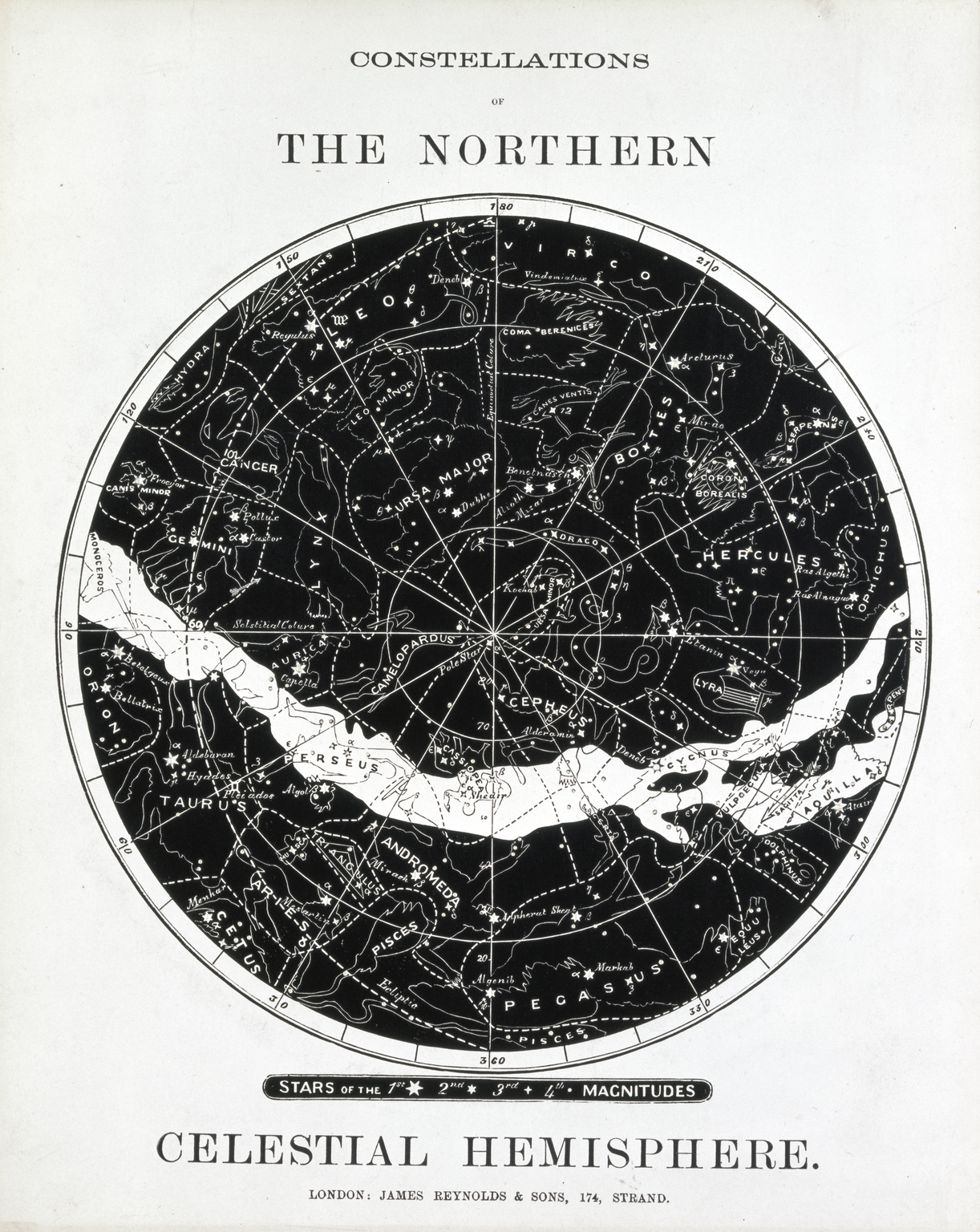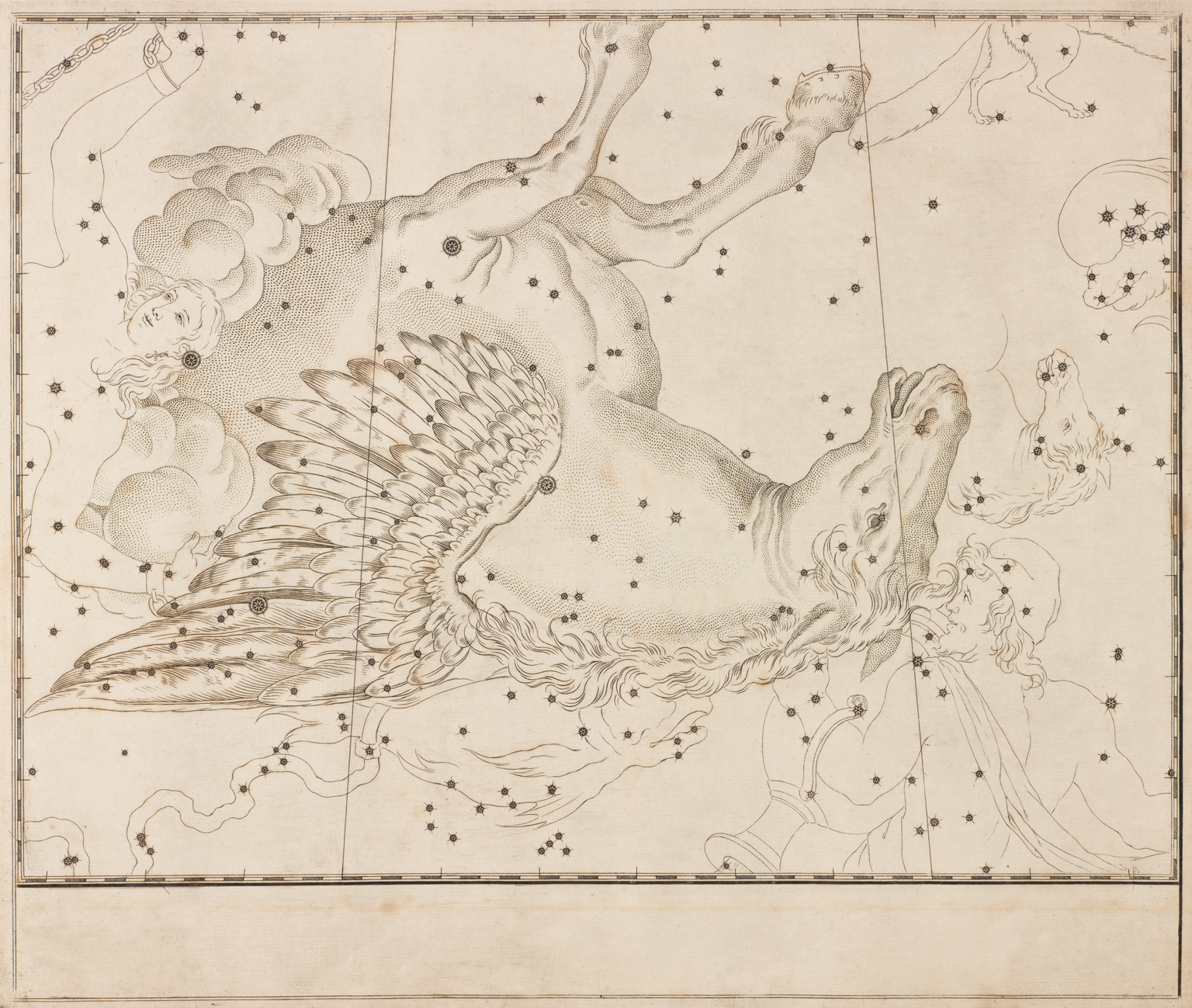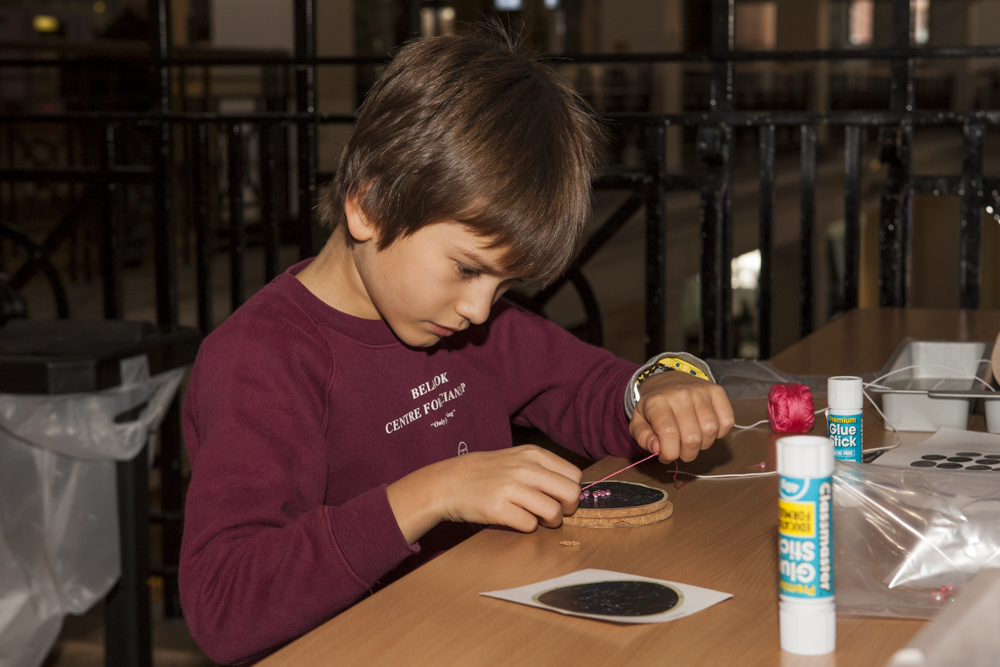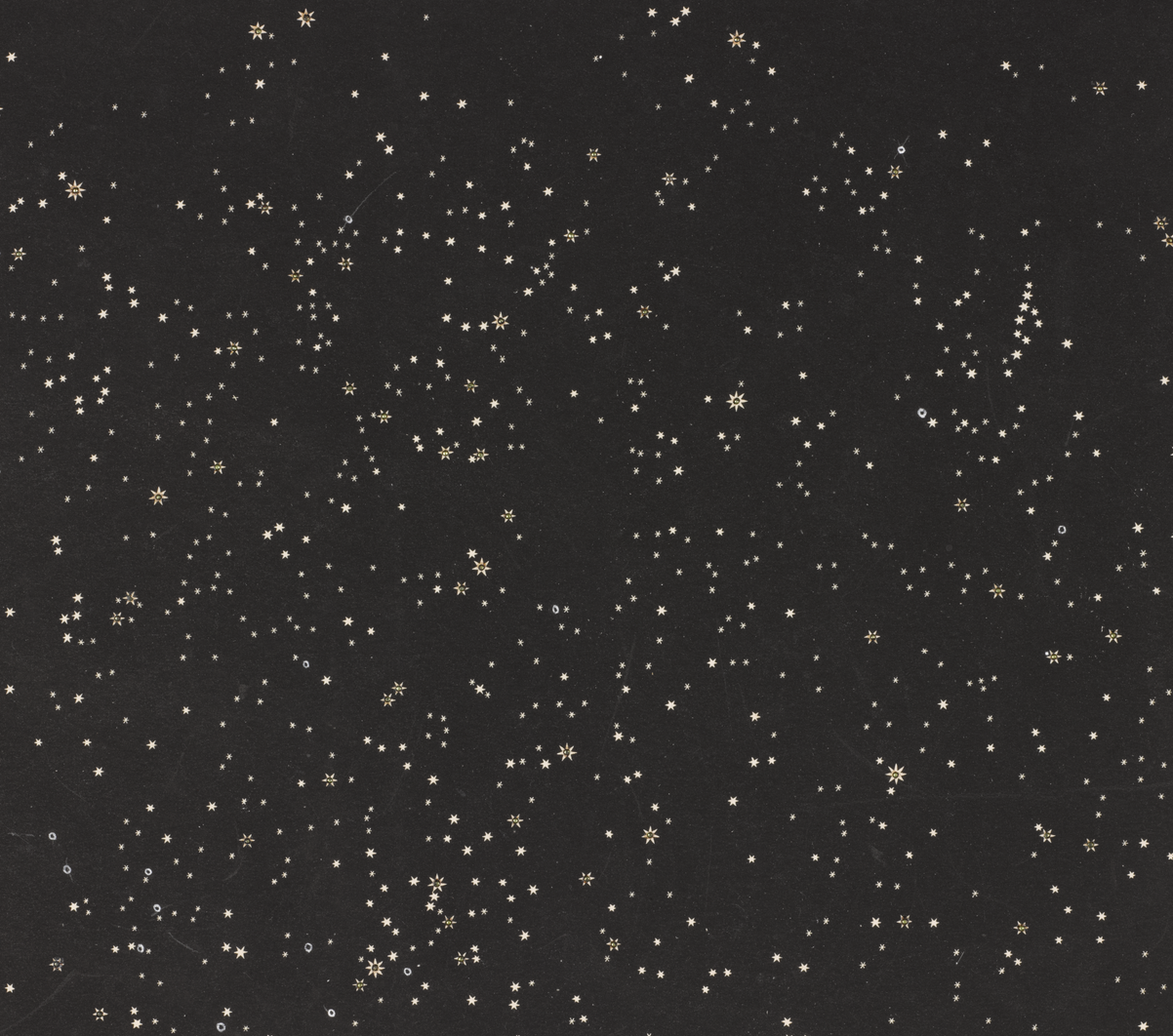When you look up at the night sky, you can imagine joining stars dot-to-dot to create shapes, in the same way you might find shapes whilst looking at clouds. These constellations, imagined to create pictures of animals, mythical figures, objects, etc. have fascinated people from all over the world for thousands of years.
Throughout history, constellations have had many different applications. Before calendars, they were used in agriculture to choose the best time for harvesting or sowing, as you could determine the time of year by how bright the constellations appeared. Ancient peoples knew for example that when Orion started to appear more visible winter would soon arrive, or they would see the Summer Triangle and know that Spring and Summer were coming as well. It allowed them to plan and form relatively advanced agricultural rotations.

Navigation benefited from constellations as well; sailors could calculate their latitude by finding the North Star (Polaris), which can be easily spotted once the Ursa Minor Constellation is found. This astrological lamppost always pointed them in the right direction as the North Star sits directly above the North Pole allowing them to find ‘true north’.
Nowadays, constellations are used by astronomers to highlight specific stars when sharing their research. Every star in a constellation is given a letter from the Greek alphabet depending on its brightness, with alpha being the brightest.

Cultures throughout the ages have found different shapes in the night sky. In our exhibition Illuminating India: 5000 Years of Science and Innovation, you can find some coins depicting constellations, dating back to time of the Mughal Emperor Jahangir (1569-1627). Having constellations on coins was quite unusual as this accolade was typically saved for Gods and Goddesses, Kings and Conquerors, and thus shows us the importance that astronomy had under Jahangir’s rule.
It was only in 1922 that astronomers in the International Astronomical Union (IAU) agreed on a universal set of 88 official constellations, up until that point depending on where you were in the world the names and boundaries would vary widely. The official 88 constellations depict 42 animals, 29 inanimate objects and 17 humans or mythological characters.

However various other unofficial patterns have existed alongside these, and are formally known as ‘asterisms’. This got us wondering about the difference in the night sky between the UK and India. The two countries sit at very different latitudes, with the UK in Northern Europe, and India bordering the equator, so we assumed that the constellations would look different, as the view you get is based on both the revolution of the Earth around the sun, and its rotation on its tilted axis, but we weren’t entirely sure how they would look.
It turns out they look pretty different…
It was fascinating comparing the two constellation maps and tracing the shapes in the stars, and it made us want to create our own, and so we came up with the Constellation Coasters workshop.
At the workshop, your stars will be colourful pins that you can push through either side of a coaster, before using string to create your own constellation by joining the pins up.

Constellation Coasters is just one of many activities we’ve put together for visitors at the Illuminating India: Family Festival. From Bollywood dancing, to creative workshops and making a radio receiver, there is something for all the family to enjoy as we uncover the science, creativity and spirituality of India.
Illuminating India: Family Festival is taking place at the Science Museum on Saturday 27 and Sunday 28 January.
